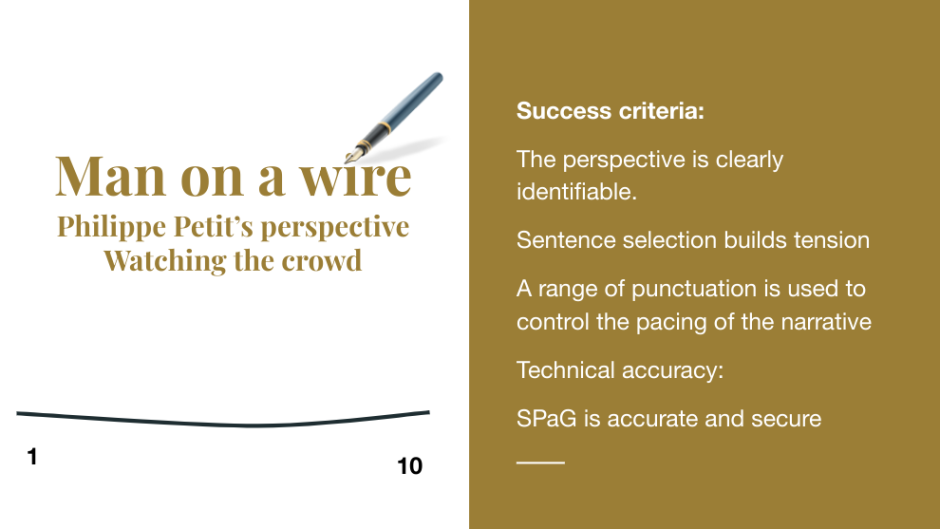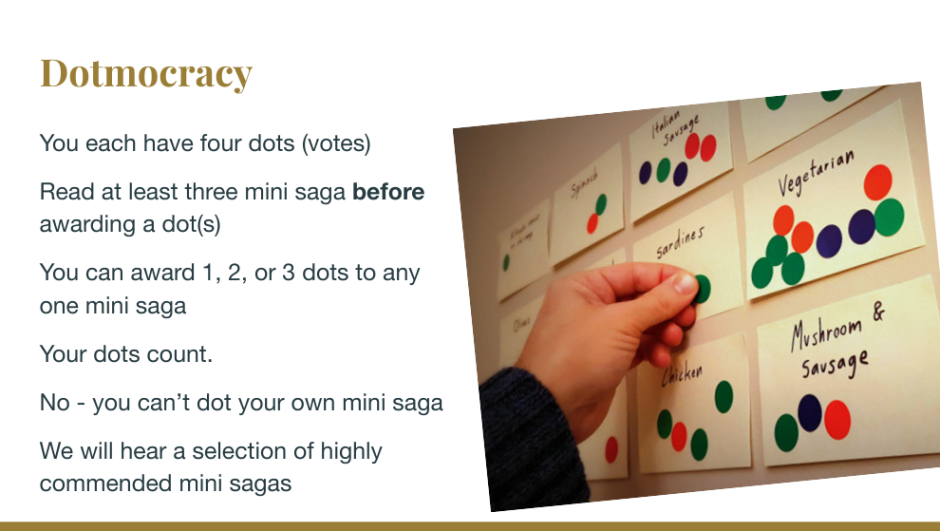Half term in the can. Time for a short post on what worked and what was learnt.
Years 7 and 8
The pupils loved the story telling focus of both Year 7 (Genre) and Year 8 (Short Stories) schemes. Children love stories. The sequencing enabled me to revisit learning in Year 8 experienced in Year 7. A years experience at the school and teaching a handful of pupils in successive years, led to some very productive learning conversations with pupils and professional reflection.
When timetabling, what are the opportunities and drawbacks of teaching the same group in successive years? Does it need to be the whole class – to gain the benefit / alleviate the drawbacks? What did I learn – with just five pupils adopting the routines was accelerated and trust more quickly reinforced.
Hat tip to Freya Odell – Genre and Short Stories extract booklet with a space for ‘Good Reads’ style reader reviews on the front page saved time and glue sticks. Pre-selected vocab highlighted in the text and page formatted for notes – directed pupils attention. The pupil feedback box meant that I didn’t forget to collect pupil responses to “What worked,” and “I would like more of…”
Year 7: An introduction to genre
The pupils loved ‘Man on a Wire‘ for exploring narrative perspectives. They we enchanted by the film trailer, the audacity of the stunt and the personality of Petite (so was I). A cover lesson with a Science teacher led to some very interesting conversations on the physics behind the stunt – happy accidents are great aren’t they!
The metaphorical distance between the two perspective tasks, wire and New York street, I believe, helped define the task and contributed to the pupils successful written outcomes. I continue to use the thinking prompts – ‘I notice, I see, I wonder’ (as discussed with Stuart Pryke @SPryke2 one evening last week) discrediting an “I do not know,” pupil response.





Year 8 Short Stories
The Year 8 curriculum is designed as a sequenced opportunity, revisiting the Year 7 unit on genre. The additional challenge and hardships experienced by four new pupils to the school, served to further underline the importance of prior knowledge to learning – as much as it served those pupils moving onwards through our curriculum. How can we support new pupils more effectively? (Do we provide the previous years booklet?)
The short stories selected by the English department were excellent. I have since read a lot more short stories (and mini sagas – exactly 50 word stories) adding to The Landlady, Lamb to the Slaughter, A Monkey’s Paw and The Tell Tale Heart (presented in pupil rated order) I am always open to new short story recommendations.
Preteaching vocabulary
Explicitly pre-teaching vocabulary from the stories promoted the pupils understanding of the stories. No doubt. You might be interested to know, after adding the vocabulary requested by the pupils to RememberMore – pupils had 84 new words to learn and use (more words for some than others of course). We quiz in class every lesson – vocab and more and 20 minutes of 40 minutes weekly homework was directed to securing these words – offering spaced retrieval practice.
A test of 10/84 words at the end of the term produced a class average 7.3/10/84. You could argue, on average, pupils acquired 60 new words. Of course, I accept that not all the words were new to all the pupils.
Mini sagas were a big hit, also elevating the pupils editing focus as the requirement for exactly 50 words meant words were deleted and a wider range of sentence structure and punctuation was employed.

In the mini sagas and the final written assessment (almost all) pupils used or repurposed a surprising amount of the new vocabulary. At the low end, one or two words, at the top end, ten or so per piece. For example; suavity, facade, bade, hearken, placid, tranquil, betoken and enthralled and more all featured in the final assessment. The new vocabulary was not always used correctly, however this is still very encouraging.
I was more surprised by the fact the pupils that I am teaching for the second successive year, consciously made the effort to draw upon vocabulary from the previous text last year eg desolate. Investments in pupils’ vocabulary are often deferred.
Stepping out of class to read their own work out loud before editing continues to add value and focus the editing process. It would appear to lead to more edits too. I will come back to Cushing & Bodner (2022) recent paper and key findings in due course.
Relative to proofreading silently, proofreading aloud improved error detection.
Cushing & Bodner (2022)
Planning ahead
Next terms Year 7 deck is already available and refined (Travel Writing) as I built it last year, tied in with the slides and deck.
The Year 8 ‘A Christmas Carol’ is available however it needs slim-lining. I can not conceive of teaching without prepared questions or flashcards.
This term I increased my use of self-assessment with success criteria – the benefits are tangible, offering Logistical, pedagogical, metacognitive and affect benefits.
However, all mini sagas were peer assessed using Dotmocracy. Pupils really enjoyed the dotmocracy process – did it make learning more effective or efficient? Pupil’s were exposed to at least three mini saga. They had to make an assessment of quality with reference to success criteria. I am not sure they learnt much. However, pupils now wrote the mini sagas expecting an audience and I would say the class industry and quality of writing reflected that – a form of test-expectancy.





Pingback: Prior knowledge not required for retrieval-based learning – Edventures